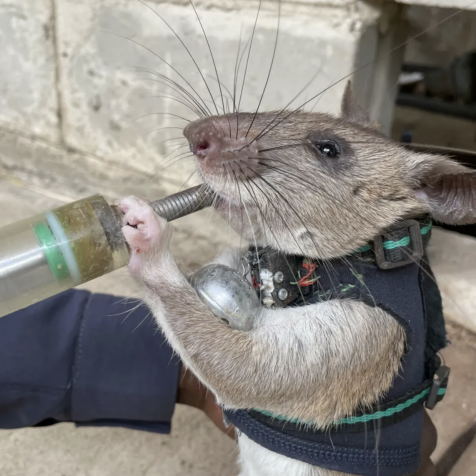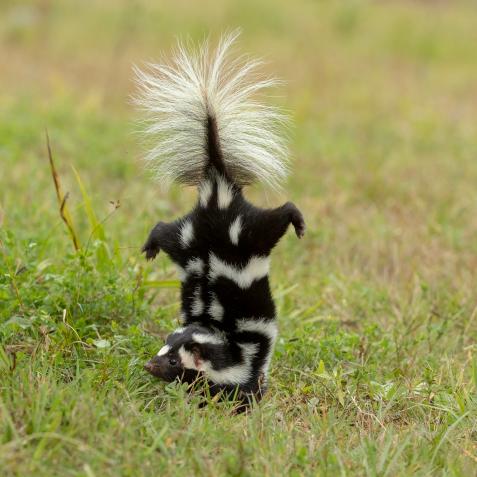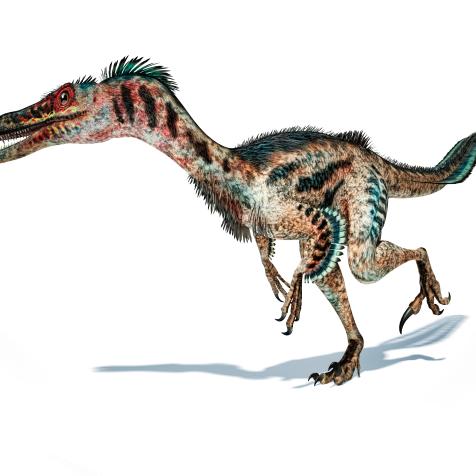
Alf
A Human-Monkey Embryo Has Been Created by Scientists
Scientists have successfully created the first human-monkey chimera to further understand early human development.
Scientists have cracked a code! The first human-monkey chimera has been created from human and monkey cells and cultured for 20 days. The work was published in the journal Cell and led by Juan Carlos Izpisua Belmonte. After decades of work towards understanding early embryo development in animals, Belmonte hopes to better understand that of early humans. Looking from all perspectives, the scientific work has raised ethical questions of combining human cells with another species. Within the journal, ethicists reflect on how this information should be interpreted and further scientifically sought out.
Belmonte, a professor in the gene expression laboratory at the Salk Institute for Biological Studies and attributed for his work and contributions in embryo development, aims to solve “biological mysteries” as well as “gaps in knowledge about early development.” According to Belmonte, the “biggest mystery of human development” lies within the “first two or three weeks after fertilization.” The current science we claim to know within this realm has been derived from varied lab models, such as rodents, mice and worms — but nothing specifically from humans. While the human-monkey chimera was incubated for 20 days, Belmonte and his team utilized this period to locate “different signals that the nascent cells send out to spark development from a single fertilized cell into the millions of cells and multiple tissues and organs that comprise a human.”
Belmonte works to reassure the understanding of ethical questions intermixed within his scientific research, as he explains, “we are not going to use monkeys to create human organs inside monkeys,” which could be “one of the potential outcomes of research many feel crosses ethical lines.” Within his work, he hopes to understand the “language” of early embryo development and to later transfer this work into the study of diseases.
As funding and biological issues arose in the beginning stages of Belmonte’s work, he partnered with the Primate Biomedical Research in China to “successfully culture monkey embryos to 20 days, just when the critical phases of gastrulation start to take shape.” Due to this stage, Belmont could begin “introducing human cells into that embryo and explore the first flurry of genetic, molecular and chemical changes that dictated early development.”
The human cells used in the study came from a stem cell line in China. According to Time, “twenty-five of these reprogrammed human cells were introduced into each of 132 monkey embryos. With each day, fewer of the embryos remained viable, and by day 19, only three remained.” The scientific research resulting from Belmonte’s work does prove that cells from multiple species can communicate with each other. “Once he identifies the signals and processes that human cells use to differentiate into different tissues and organs, he can recreate that environment in pig embryos, and ultimately regenerate human tissues such as skin grafts for burn patients and heart, lung or liver tissue to replace damaged and diseased cells,” Time adds.
To move his research further, he worked with three independent ethicists and sought out approval from institutional review boards that hover over scientific research involving people or human tissues.
The sky’s the limit with Belmonte and his work, as he hopes to further his exploration of human development and see how it can benefit the need of information we still wish to discover involving human diseases. He also aims that within the realm of science, information can be better communicated publicly “before doing predictably controversial work.”


















